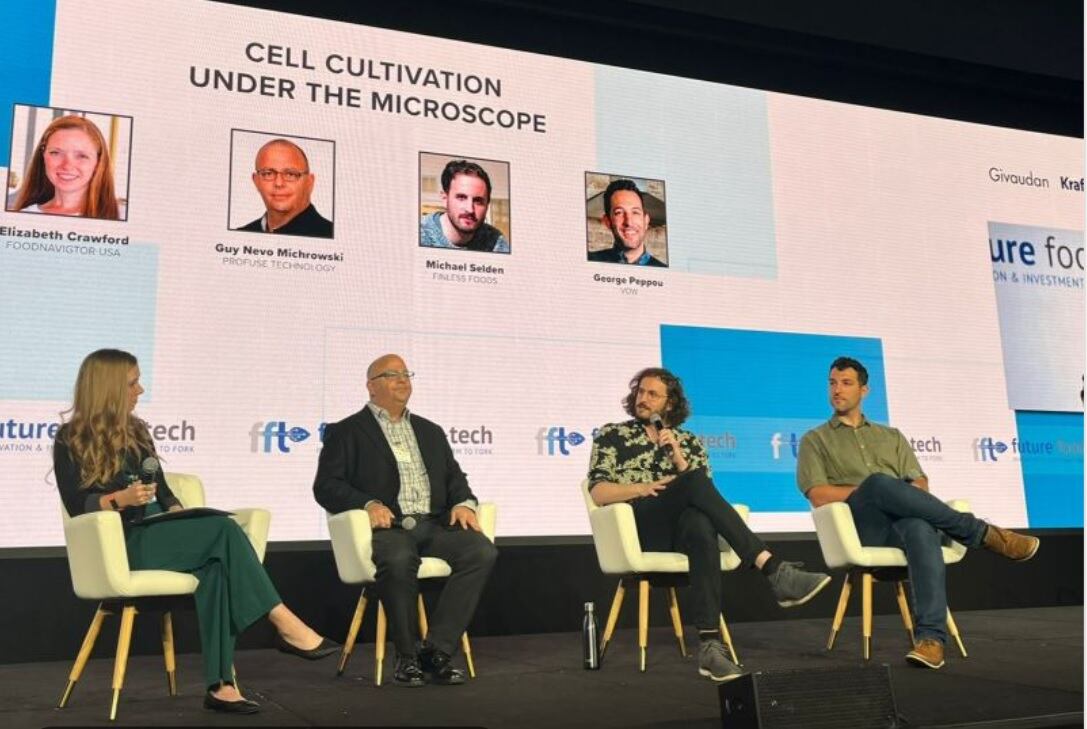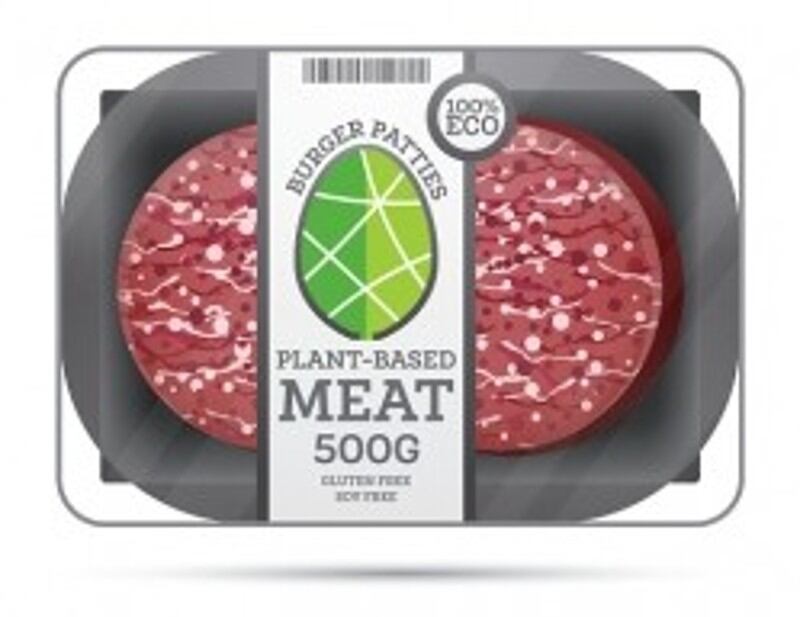Last week GOOD Meat, the cultivated meat division of Eat Just, became the second startup to secure a ‘no questions’ letter from FDA about the safety of its process from growing chicken from cells without slaughtering animals, bringing it one step closer to selling its products in the US.
As with UPSIDE Foods, which also makes cell-cultured chicken and received and a similar FDA letter late last year, GOOD Meat still has several regulatory hoops to jump though – including a grant of inspection from the US Department of Agriculture – before it can sell its products in the US, where no cell-cultured products are available currently.
But if and when both companies receive USDA’s blessing, the path to market will be far from smooth as scaling production, gaining distribution, educating consumers, driving trial and ongoing fundraising all are potentially derailing challenges. Indeed, Finless Foods and VOW, which also play in the cultured meat space, argue regulatory approval may be one of the easiests challenges to overcome on the path to market, thanks to FDA's collaborative approach.
For Finless Foods, which is cultivating Blue Fin tuna, the regulatory journey and interacting with FDA “has been a really positive experience,” and is far from the most significant challenge, company co-founder and CEO Michael Seldon said at FFT.
“FDA requires three large scale bioreactor runs with data or a third part, and we’ve completed that at this point. So, we’re really done on the scientific part and everyone in the consultative process with FDA [about] … what we’ve done, what we haven’t done, why we’ve done it and what is safe … has been really collaborative,” he said during the panel discussion Cell Cultivation Under the Microscope, adding that Finless Foods expects a ‘no questions’ letter from FDA soon.
Fundraising is becoming more challenging
What has been more challenging for the startup is raising capital and managing investors, Seldon said.
“The [Silicon Vally Bank] collapse has really affected the industry in a massive way,” and while Finless Foods was not directly impacted by it, Seldon said, “investors have been calling us every day with their crazy plans of where we’re supposed to put our money and not put our money. And it’s very striking, and just the vibes are bad overall.”
He lamented that many funds once active in the space don’t have capital to deploy because they are struggling to raise funds, are scared to invest in businesses with longer range returns or because they have been lured away from cell cultivation by AI or the other next shiny thing.
“It’s sort of a bummer to watch. VC is supposed to … create the market. It’s supposed to build the future. And it seems like a lot of people are sort of scared of that now,” he said.
He added that while he believes “this industry is going to happen no matter what,” he is struggling to “craft a message that suits the economic situation” and will resonate with potential investors as he prepares to raise funds later this year for a large scale production facility.
“We’ve created a few different scenarios … and seeing what we can do with what we have,” he added.
Profitability will require creativity
Given the current economic uncertainty, “a prerequisite to unlock those capital structures” necessary to make cultivated meat at scale will be demonstrating how the business can make money selling the product, said George Peppou, founder and CEO of VOW, which cultivates more exotic meat.
“No one is going to finance a facility that makes chicken for $50 a kilo but can only sell it for $10. That is going to be a big challenge for a lot of people,” he explained during the panel.
VOW is working around this challenge by creating exotic meat and products that are not currently available at scale by traditional means – such as Japanese Quail.
“If you’re taking something that already exists, you’re constraining yourself to the cells of that one species, and you have to make products that are identical and have price parity today,” that is a tough proposition, he said. “But we make things that don’t exist, that solve a problem that is so compelling for a consumer that they’re willing to pay a premium. And that is a completely different set of constraints.”
Another way the cultivated meat industry could ease financial strain and cover capital expenditure is to seeking funding and grants from the government, said Guy Michrowski, CEO and co-founder of Profuse Technology.
He explained during the panel that many governments helped underwrite more conventional food production measures, so it seems reasonable that the cultivated meat industry would seek similar support.
Building consumer engagement
Another challenge for VOW – and one with which Finless Foods also grapples – is how to educate consumers, create excitement and build demand, Peppou said.
One way he plans to ease consumers into the idea of cultivated meat is by working with chefs and high end restaurants where the stakes are lower for trail and where the experience should be a best case scenario versus preparing something at home.
For consumers, “it’s all about flavor and the taste,” which is why the first products to market need to deliver both or else risk repeat purchases, agreed Michrowski.
He added because companies only have one chance to make a good first impression they need to ensure when their products launch they deliver on the taste and texture – something he fears will be sacrificed if companies are pressured by investors to go to market before they are fully ready.
‘We need to be realistic with people’ and about revenue projections
Because building consumer engagement and distribution take time, Seldon cautions many cultivated meat companies will need to adjust their revenue projection to be more realistic.
“People are making their revenue projections around their cell culture capacity and how much they can push out of a bioreactor, and they’re not considering that the sales funnel is going to constrict them in a pretty serious way,” he said, adding, “you need to be in distributors and distributors make decisions at certain points in the year – they don’t just take you whenever you want, and there are big ones that require specific certifications” or have unique requirements that could slow the rollout.
He also cautioned some companies have based their projections on partnerships with celebrity chefs or other businesses that may not be binding, creating another layer of uncertainty.
Ultimately, he said, if the cultivate meat industry wants to survive it “needs to get serious.”
He explained: “We need to stop selling hot air. We need to actually see what is really happening and what we’re actually accomplishing and not accomplishing,” and “stop pretending that are products are 100% cellular right off the bat. We need to be realistic with people because people are sick of talk.”




